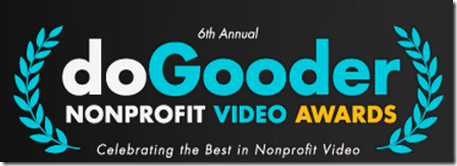via Wildfire’s Edgerank and Your Brand
Just as PageRank was used by Google to help people find the most relevant search, Facebook developed Edgerank to surface the most interesting content.
Late last year, Facebook made a number of changes to Edgerank that made it more difficult to get in the newsfeeds of your fans. Brian Carter, author of the Like Economy, outlines a number of them here, including the now often-quoted finding that only 17% of your fans are likely to get your posts in their newsfeed. And earlier this year Buddy Media did a study that shows people spend 27% of their time in the newsfeed.
Facebook released the following algorithm that they used to calculate Edgerank.
The likelihood of someone seeing a fan page status update depends on a combination of these three factors: Affinity is the measurement of the strength of the relationship between the content page and the fan; weight is the type of interaction (tag. comment and likes); and finally the amount of time that has passed since the update. You can read more about how the Facebook algorithm works.
New Facebook Research
In a new study, to be released by Edgerank Checker, an analytics tool, and Wildfire, a tool to offer content on Facebook, Twitter and LinkedIn, did another analysis recently looking at 50K pages and 1MM status updates, along with six macro categories and how different kinds of content that performed best in Edgerank. Overall, photos were clearly preferred in most categories. Below is a quick overview of what did best in each category.
- Local business: Photos are most popular, leading video by 33%. The least engaging type was links.
- Company/organization: Photos led as the most engaging posts (by 33%), with video as the second most engaging. Links were the least engaging type of content.
- Brand or product: Photos were 7x more engaging than status updates, all other content types averaged less than 1% engagement
- Artist, band or public figure: Photos most popular, leading status updates by two times. Links were the least engaging content type
- Entertainment: Status updates (.9%) are most engaging, followed by photos (.75). Videos are third most engaging.
- Cause or community: Photos were 4x more engaging than status update. Video was just behind status updates.
How Long Should Your Updates Be?
The study also looked at the length of the text that garnered the most engagement on Facebook. They found that text in combination with multimedia always drove more engagement. And text with more than 141 characters did better than less.
The bottom line is that Facebook and Twitter content should be prepared differently and Facebook fans are more attracted by longer updates. So if you are still cross posting on Twitter and Facebook, stop doing it and make each update is tailored to the platform.
6 Takeaway Tips for Content That Performs
As part of the release of the study, Edgerank Checker and Wildfire held a webinar, "Demystifying Facebook's EdgeRank Algorithm," which I heard about from Shelly Kramer, to unpack the results and they left us with these six tips:
- Plan messaging around popular posts, the high Edgerank of particular posts will carry over to the messaging posts.
- Quality over quantity wins since poorly engaging content decreases your Edgerank and opportunity to be seen.
- Always pair a written description with each post and make sure its over 141 characters.
- Use a call to action in your posts, ask people to like your post, or to take other actions.
- Pair your links with an engaging photo.
- Link your content to current and relevant events





